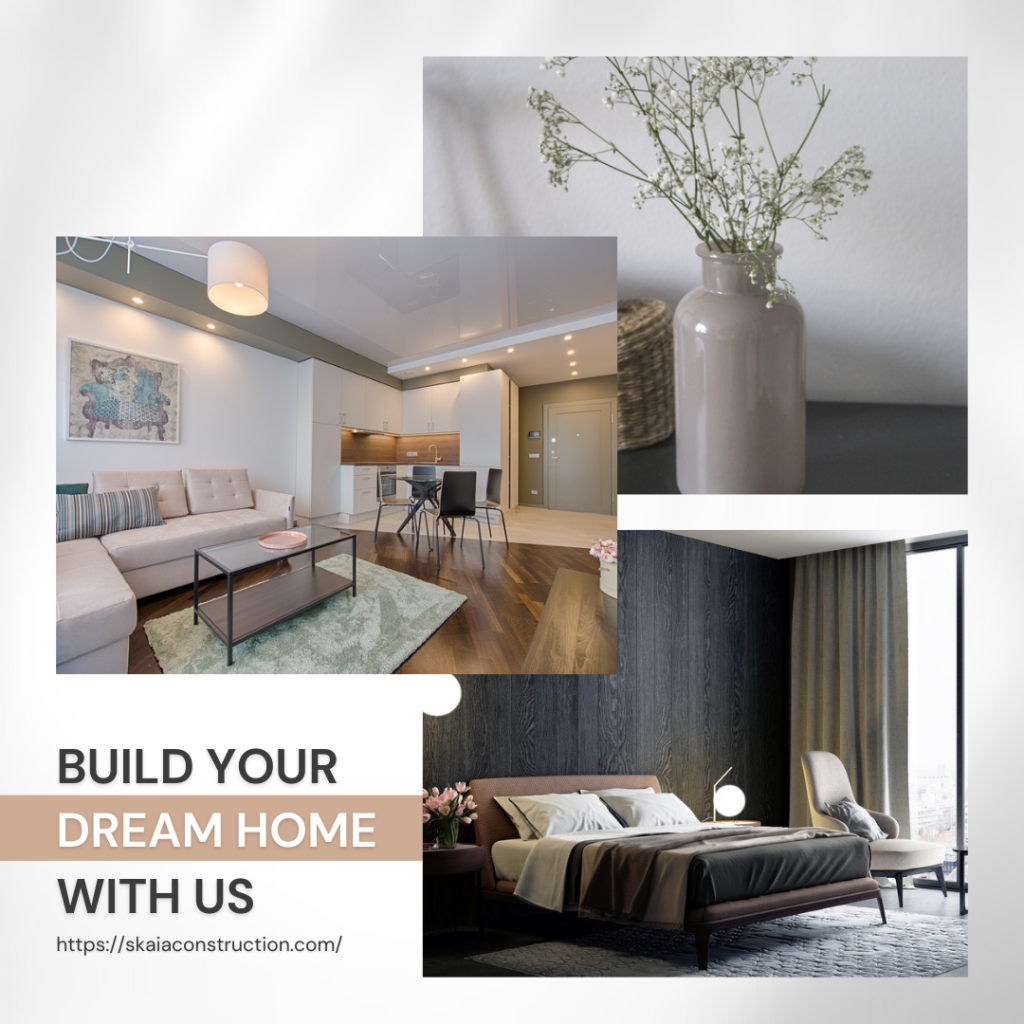Introduction
Creating Comfortable Living Spaces with Interior Design” is more than just a design philosophy; it’s a lifestyle choice. This blog post will delve into the intricate relationship between interior design and comfort, exploring the psychological, physical, and even cultural aspects that contribute to creating truly comfortable living spaces.
The concept of comfort in living spaces is often relegated to the background, overshadowed by factors like aesthetics and functionality. However, comfort is a complex, multidimensional phenomenon that significantly impacts our well-being. This blog post aims to delve into the intricate relationship between interior design and comfort, exploring the psychological, physical, and even cultural aspects that contribute to creating truly comfortable living spaces.
The Multidimensional Psychology of Comfort
What Makes a Space Comfortable?
When it comes to “Creating Comfortable Living Spaces with Interior Design,” comfort is a highly subjective experience, influenced by a myriad of psychological factors. Comfort is a highly subjective experience, influenced by a myriad of psychological factors. While one person may find an ultra-modern living room comfortable, another might prefer the cozy ambiance of a rustic design. According to Psychology Today, our perception of comfort is often linked to past experiences and cultural norms, making it a deeply personal matter.
Memory and Sensory Experience
Our brains are hardwired to associate comfort with specific sensory experiences. The smell of freshly baked cookies, the texture of a plush rug underfoot, or the sight of a favorite painting can evoke a sense of comfort. These sensory triggers are often linked to positive memories, further enhancing our sense of well-being.
Cultural Influences on Comfort
Different cultures have unique perspectives on what constitutes comfort. In Scandinavian countries, the concept of ‘hygge’ emphasizes coziness and simple pleasures. In Japan, the principle of ‘Wabi-sabi’ finds beauty and comfort in imperfection and transience. Understanding these cultural nuances can offer fresh insights into creating universally comfortable spaces.
Elements of Comfort in Interior Design
Ergonomics and Physical Comfort
Ergonomics goes beyond just selecting a comfortable chair; it encompasses the entire layout of a space. The arrangement of furniture, the height of countertops, and even the placement of light fixtures can impact physical comfort. A study from Cornell University found that ergonomic interventions could reduce the risk of musculoskeletal disorders, highlighting the importance of this often-overlooked aspect of interior design.
Textiles and Tactile Experience
The fabrics used in home furnishings play a significant role in tactile comfort. Materials like cotton, silk, and wool have unique thermal and moisture-wicking properties, affecting how comfortable they feel against the skin. The choice of textiles extends beyond just furniture to curtains, rugs, and even wall hangings.
Acoustics and Soundproofing
The role of acoustics in creating a comfortable living space is often underestimated. The sound of a space can significantly impact our sense of well-being. For instance, a room with poor acoustics can make conversations difficult and increase stress levels. Soundproofing techniques, such as installing acoustic panels or using thick curtains, can dramatically improve the acoustic comfort of a room.
Color Theory and Emotional Well-being
The Emotional Impact of Colors
Colors have a profound impact on our emotional well-being. Different shades can evoke various emotions, from calmness and relaxation to excitement and energy. According to a study by Pantone, the color blue is often associated with feelings of calm and serenity, while warmer colors like red and orange are linked to excitement and passion.
Lighting and Mood
The importance of lighting in interior design cannot be overstated. Both natural and artificial lighting play a crucial role in shaping our mood and overall sense of comfort. Research by the National Institutes of Health suggests that exposure to natural light can improve mood and productivity, emphasizing the need for well-planned lighting in comfortable living spaces.
Sustainability and Comfort
Eco-Friendly Materials
The rise of sustainable materials in interior design is more than just a trend; it’s a necessity for the future of our planet. Materials like bamboo, recycled metal, and reclaimed wood are not only eco-friendly but also contribute to a unique aesthetic and tactile experience.
Energy Efficiency
Energy-efficient appliances and fixtures are becoming increasingly popular in modern homes. Smart thermostats, energy-efficient lighting, and solar panels not only reduce your carbon footprint but also contribute to a comfortable living environment by maintaining optimal temperature and lighting conditions.
Conclusion
The science and art of creating comfortable living spaces are a fascinating blend of psychology, design principles, and sustainability. By understanding these multidimensional aspects, we can create homes that are not only aesthetically pleasing but also deeply comforting. At Skaia Construction, we strive to incorporate these elements into every project, ensuring that your home is a true sanctuary of comfort.










